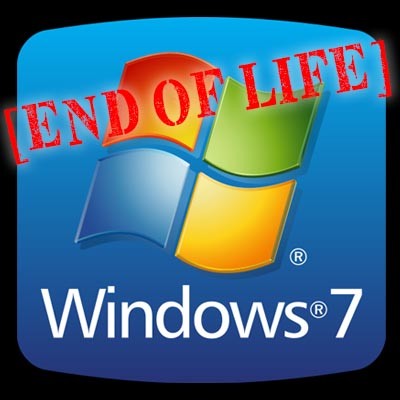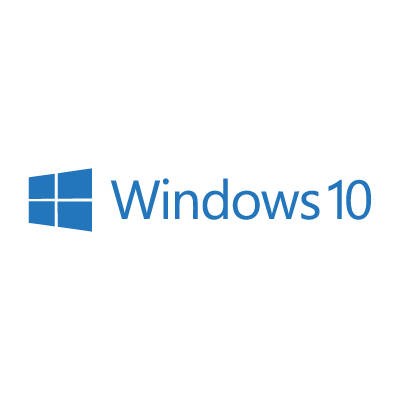Microsoft has claimed that Windows 10 would be their chosen operating system for the foreseeable future, but we can never expect technology to rest on its laurels and grow stagnant. Enter Windows 11, the latest Microsoft operating system. What are the specifications needed to upgrade your business to this new OS, and how can you know when it is time to do so?
Computerware Blog
While Windows 10 is inarguably the better choice of OS over Windows 7 (especially now that the latter has officially gone the way of the dodo), the experience is made even better with the right customizations made to the settings. Let’s go through some changes you might want to make as you’re starting off (or even later on).
Windows 10 gives you interesting options to help you manage your computing experience. One of these options is the presence of the virtual desktop. On a Windows machine, look at your taskbar, near the Start button and the search function. The next little icon, the one that almost looks like a bit of film, is the Task View button, the button that will give users the ability to create and manage virtual desktops. For this week’s tip, we’ll discuss how to use this feature.
Microsoft is just days away from retiring not just one, but two of its most popular operating systems. The software giant has made a point to run a major campaign warning people who are still using Windows 7 that they are going to lose support after the January 14, 2020 deadline; but, as of this writing, there are still over a quarter of desktop users running the software. With the deadline looming, we thought we’d look at what this means for users and go through some of the options they have.
If you are still using the Windows 7 operating system for your business, you probably have looked into upgrading. If you haven’t you only have about a month until Microsoft officially retires the OS. As a result, you will need to make a plan to keep your business’ IT supported while you find a solution.
All good things must come to an end eventually, and Windows 7 is no different. Microsoft is officially ending its support of this operating system relatively soon, but this doesn’t mean that you should jump ship without a plan. In fact, Microsoft realizes that some businesses and organizations simply can’t make the jump in time, so they have implemented contingency plans for these companies. The problem is that it’s expensive. We’ll walk you through everything there is to know about how Microsoft is handling the end of life events for Windows 7.
Windows 10 received its second update in 2018. While some experts believe that this second update is too much, others look at it and are happy that more features and functionality is being added. Today, we’re going to dig into the details about this update, as well as some of the helpful features that you can take advantage of.
With Windows 10 being a major part of most business’ computing strategy, many people use it at their jobs each day. It has a lot of features not found on any other PC operating system, and more are added regularly. Today, we take a look at four features of Windows 10 that we think can really help your business.
When Windows 8 launched, users of the operating system were all up in arms because they deviated from the Start menu that we know and love, in favor of a tiled menu screen. While many people went out and found the extension that turned tiles into the classic Start menu, others got used to working with the tile menu. With the release of Windows 10, the Start menu was back as the primary interface. If you’re one of those who adapted and enjoyed the tile menu of Windows 8, we’ve got good news: The tile menu is available on Windows 10!
Sometimes it can be a chore to find certain programs or files on your computer when they aren’t immediately available on the desktop. You might have to dig through countless folders just to get started on an important task. Thankfully, there’s a well-known way of getting around this frustration: Windows’ integrated search application. To get started with this week’s tip, turn your attention to the Start menu.













